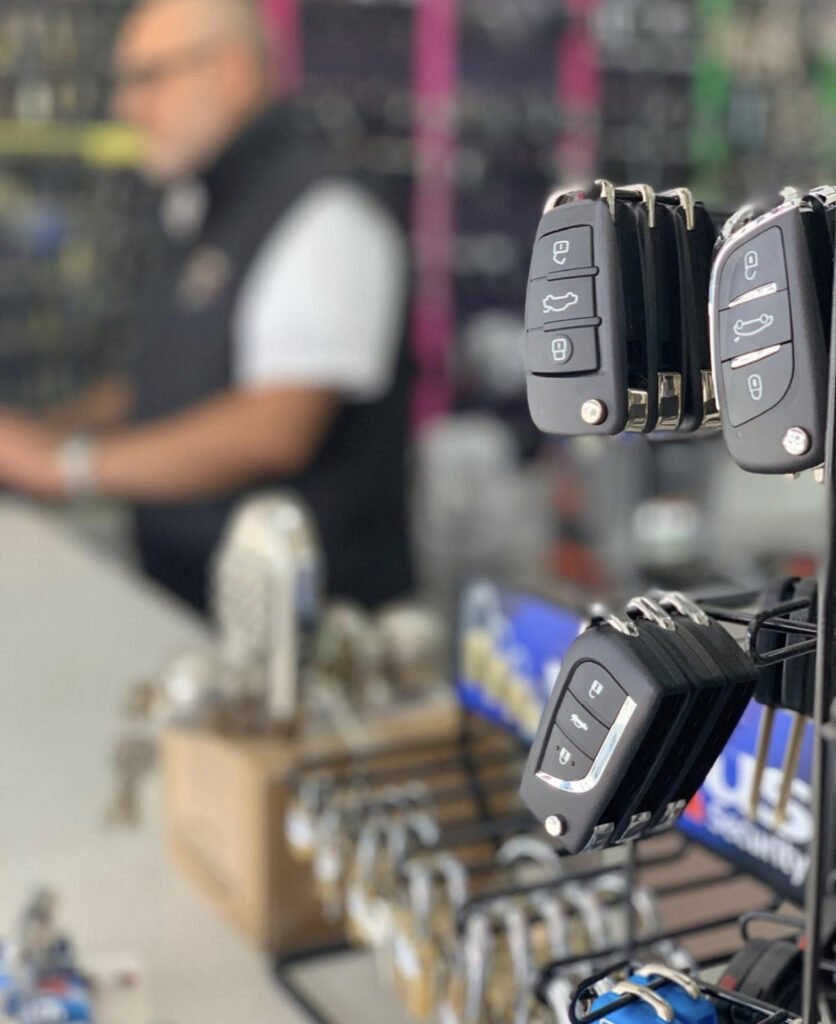Are You In Search Of Inspiration? Check Out Car Diagnostics Near Me

car diagnostic test
There are a variety of diagnostic tools that are available for use in automobiles. This includes back-pin probing Pattern recognition algorithms, and Component failure warning systems. These diagnostic tools can help you communicate via remote assistance services, in addition to identifying issues with your component. These tools are crucial to ensure your car is safe on the road.
Warning system for component failure
Modern vehicles have numerous internal and electronic systems that track how the vehicle is performing. These systems can be caused by malfunctions. When a component of the vehicle fails to function properly, it will issue an alert signal to let the driver know about the problem. Some warning lights point to an issue that is minor, such as gas cap leakage. Other lights can signal a more serious issue.
A system that detects malfunctions will store data that will help repair technicians pinpoint the issue and fix it. If it is able to detect a problem early enough the technician is able to solve the issue quickly and efficiently. A car owner can improve its security and reduce maintenance costs by following these suggestions.
Modern vehicles have an onboard computer diagnostics system that continuously checks all major functions and systems. It monitors fuel efficiency as well as harmful emissions as well as other functions of the vehicle. A warning light will appear on the dashboard when the component is damaged. This system, called OBD is found on personal vehicles, trucks, and commercial vehicles. It's now a standard industry practice , and helps diagnose problems much more easily.
These warnings are in the form of Diagnostic Trouble Codes, or DTCs, and are the result of a diagnostic procedure that determines the cause of the issue. Diagnostics involve research into the information on the service, pin-point testing on the vehicle, and inspecting the affected areas. To accurately diagnose the issues with a vehicle, it is important to understand the meaning of these codes.
Communication between a car and remote assistance facility
For a remote assistance facility to work with your vehicle you need to have a way to communicate with it. V2V communication (vehicle-to-vehicle) is a method to connect with other vehicles wirelessly and exchange information. This technology permits the transmission of omnidirectional messages up to 10 times per second. It also helps vehicles maintain an eye-to-eye view of other vehicles in 360 degrees. It also gathers data from vehicles in the vicinity to alert drivers about the possibility of accidents. These systems also can use audio and tactile signals to aid drivers in avoiding accidents.
Back-pin looking
Back-pin probing can be described as a technique in automotive diagnostics that utilizes a sharp pin to connect to automotive connectors. These probes are usually inexpensive and can be used on most vehicle models. These probes are useful for testing live circuits without damaging connectors. This will eliminate the need to puncture wire insulation.

Back-probing as a method of automotive diagnostics is popular with many repair technicians as it is easier and safer than the process of piercing wire insulation. These tools can be inserted into automotive connectors with a variety tips. A lot of back-probes with special features have smaller diameters that helps reduce the amount of leverage that is applied to the connector.
Some automotive diagnostic kits contain multiple connectors and probes, including banana plugs, alligator clips, and pointed probe tips. Some kits come with different test kits. These kits enable you to quickly and quickly measure the electrical signals that signal an issue in the vehicle.
Back-pin probing is one of the most effective methods to test automotive connectors. It lets you quickly connect and disconnect the test leads. This diagnostic method is also cost-effective. This method could save a lot of time, labour and also money.
On-board diagnostics
On-board diagnostics in automotive systems can provide drivers with vital details about the condition of their vehicle. It can also alert them when their vehicle needs repair or maintenance. This technology will increase the efficiency of your vehicle and increase its reliability. This technology is used to enhance safety and engine performance by car makers. These systems also help save time and money by allowing drivers to know how their car is operating without having to spend time in the mechanic's shop.
Before the advent of on-board diagnostics standard, manufacturers needed to create their own systems. The initial versions of this system used their own connectors, electronic interfaces and custom codes to signal issues. The first systems were introduced in the years 1968 and 1978 by Volkswagen and Datsun. The Society of Automotive Engineers (SAE) eventually required all cars to have the technology. In addition, in 1994 California's law required that all vehicles have on-board diagnostics.
The on-board diagnostics systems are so advanced that they can operate on the same computing power as desktop computers. They are able to communicate with a variety of mid-speed networks and handle large amounts of data. Additionally, the majority of on-board diagnostics systems include a vehicle speed sensor that can accurately detect rough roads. These sensors are integrated into the engine control module of the vehicle also known as the ECU.
If the engine in a car is experiencing problems or is experiencing problems, the OBD system will detect the issue and illuminate a warning light in the instrument cluster. After the OBD system has identified the problem, it will store a diagnostic code. To determine the trouble code the mechanic must connect an scanner to the OBD connector below the dashboard. While reading a trouble code can be helpful, it doesn't necessarily mean that a mechanic is aware of what's wrong with your vehicle.
